Conference / Cycling infrastructure / Public Spaces
Discovering “La ville apaisée” in Québec, Canada
Last month, Communications and Engagement Advisor Melissa Bruntlett went to Québec City to give a keynote presentation at a forum hosted by Vivre en Ville, Aménager la Ville Apaisée, before heading on to Montréal to tour the cycling infrastructure and reunite with old acquaintances.
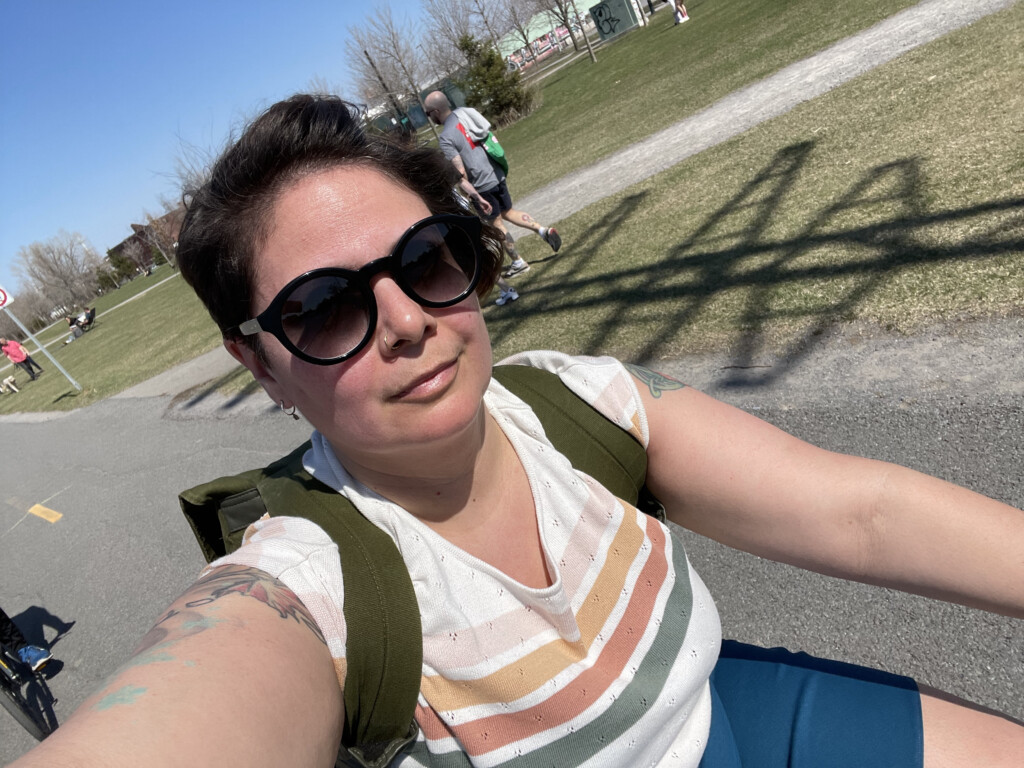
Having spent my childhood wandering the streets of Montréal on family visits, and in more recent years enjoying the small towns and nature surrounding my family cottage in the Laurentians in Québec, visiting Canada’s French speaking province has always felt like a bit of a homecoming. When I entered the world of cycling advocacy, Montréal because a shining beacon of how North American cities can be built for cycling for everyone. A place where cycling for transport is a normal activity, and where open streets pilots have become more commonplace every year.
With my affinity for “La Belle Province,” when I was invited by Vivre en Ville to keynote their forum in April titled “Aménager la Ville Apaisée,” loosely translated to Realising the Peaceful City, I jumped at the opportunity. Not only to share my knowledge and experience with a Québecois audience, but to also learn more about how they are adapting their communities for more comfortable walking, cycling, and public spaces. Along with a trip to Québec City for the forum, my trip included meeting up with many colleagues and peers in Montréal, getting a personal tour of some of the ongoing improvements to the cycling network and public spaces in the city.
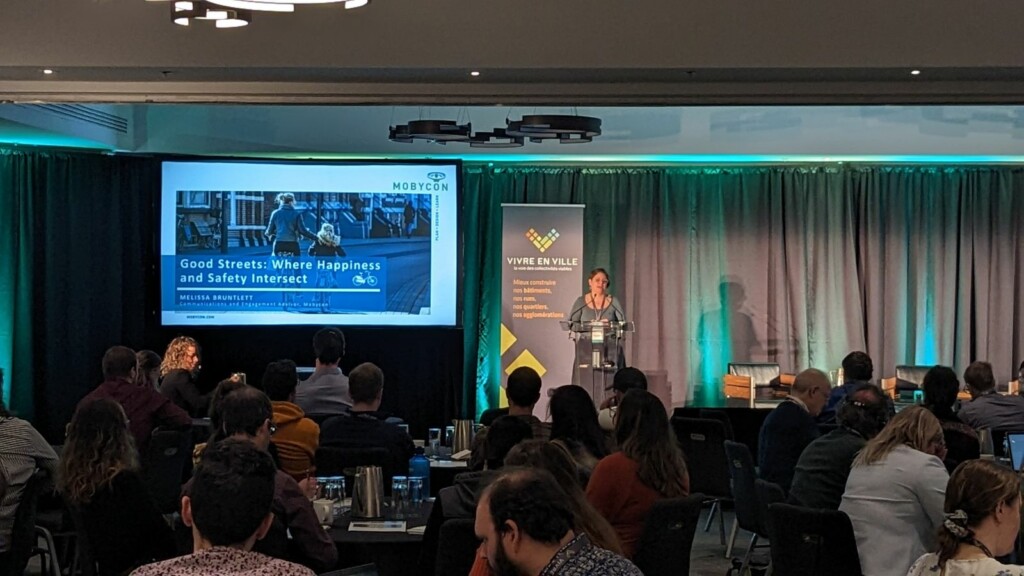
Reflecting on my visit, what I have come to realise is that despite not making headlines around the world, and, to be fair, often overlooked by much of Canada, there are a lot of great things happening in Québec around mobility. In the capital city, traffic-calmed community bikeways are expanding to connect the residential areas to the University campuses and business centre, to much fanfare from residents who appreciate the reduced traffic and calmer community. Using well-established practices of traffic filtering and intuitive wayfinding, they are establishing a network of what they are calling “Voie cyclable quatre saisons” (Four season cycling routes). In the historic centre, an area established over 400 years ago, the pedestrianized cobbled streets and old stone buildings-with the help of heated patios and public fireplace squares-welcome tourists all year round.
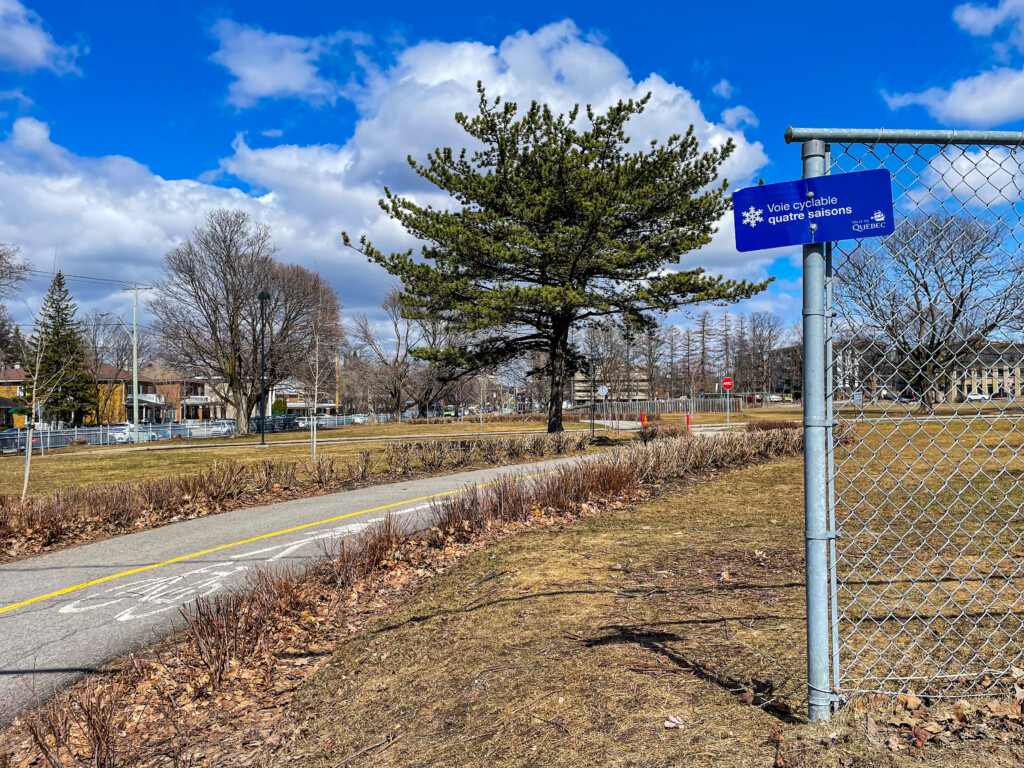
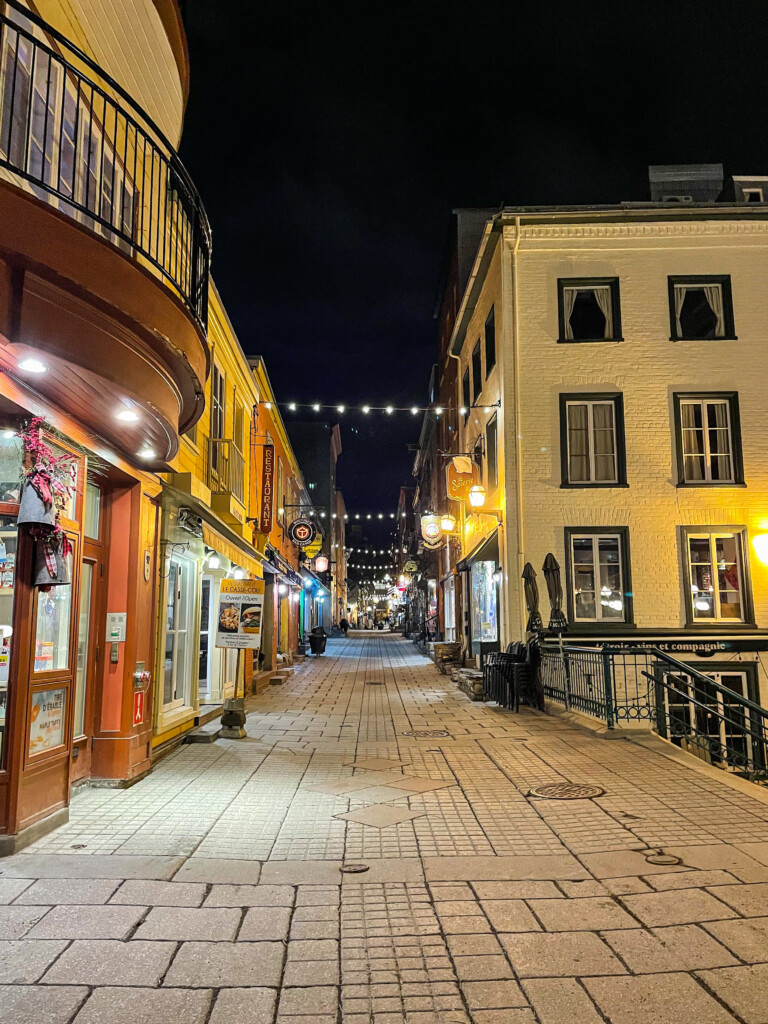
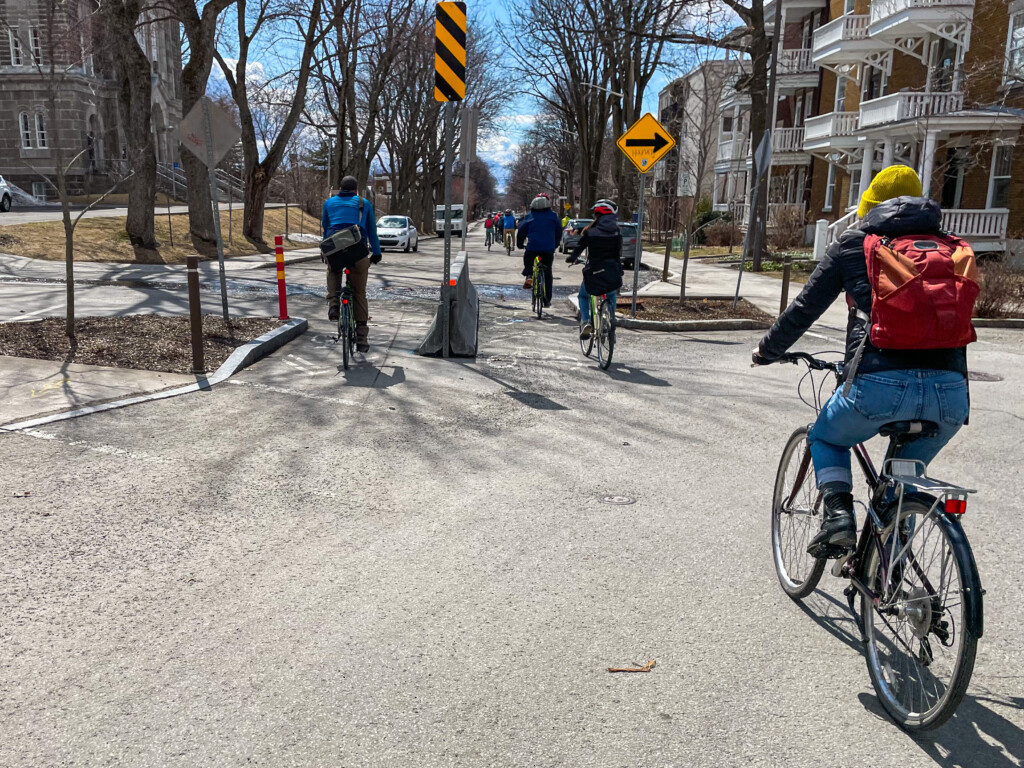
In Montréal, the City is moving quickly to transform former “Covid-bike lanes” into permanent connections in their ever-expanding cycling network. Most of the conversations with local staff and advocates focused on the expansion of the Réseau express vélo (REV), a 184-km cycle path project that will expand coverage throughout the city, including several routes that will remain open year-round. Perhaps most exciting, however, was the announcement just days before arriving that the incredibly popular Bixi bikeshare system will remain open throughout the winter. In previous years it has shut down to help with snow management in this famous winter city, and had just opened for the 2023 season (its 15th year) on April 12th, something I happily took advantage of to cycle along the Lachine Canal in the warm sunshine!
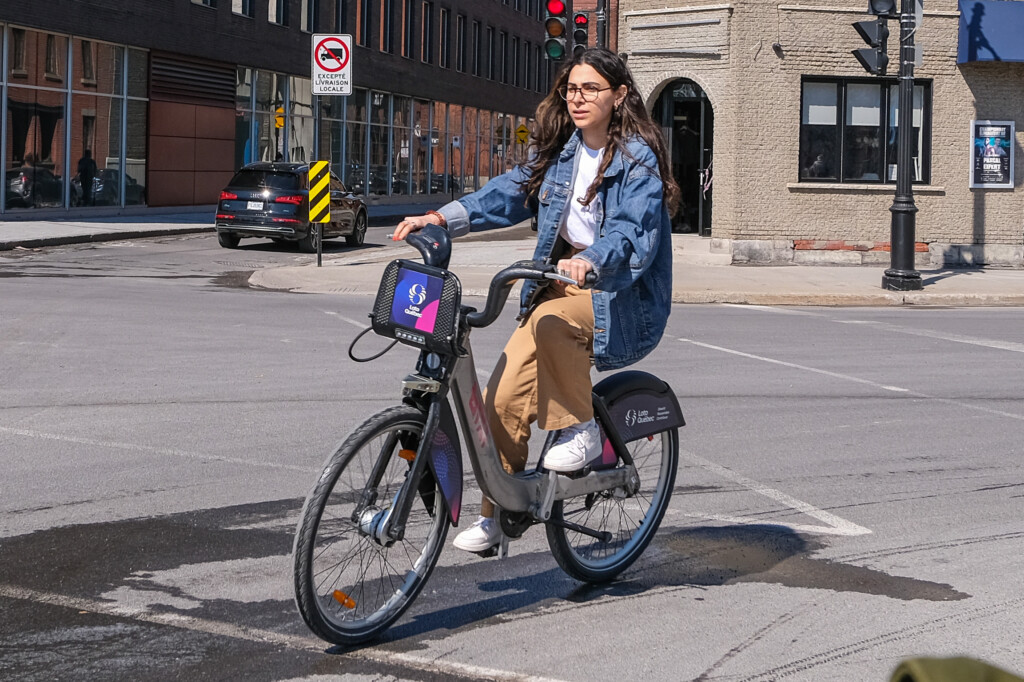
While attending the Vivre en Ville forum, I also learned about projects in smaller cities and towns focused on creating safer treatments for walking and public space design. In the City of Saint Jérôme they have been actively improving their city centre to create more inviting places for their growing population. Improvements to materials and treatments such as greening and lighting along the river promenade allow users an opportunity to connect with nature all year round. At the same time, narrowing of previously wide corridors along rues Saint-Georges, Palais and Georges Thurston have allowed a more comfortable experience for pedestrians, while adding much needed greening into the spaces for climate mitigation.
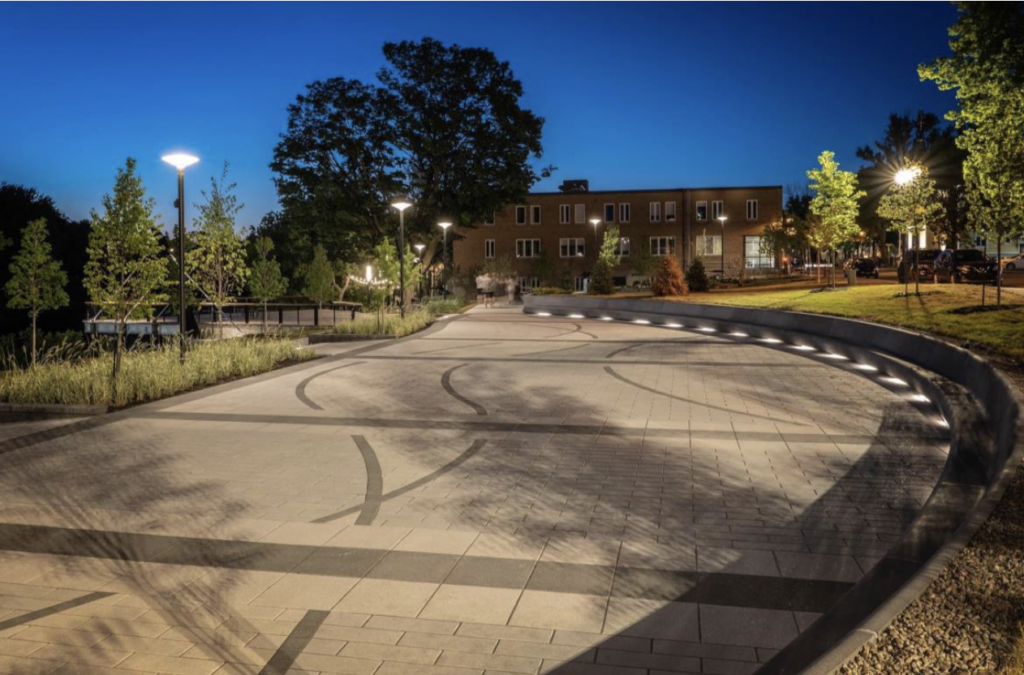
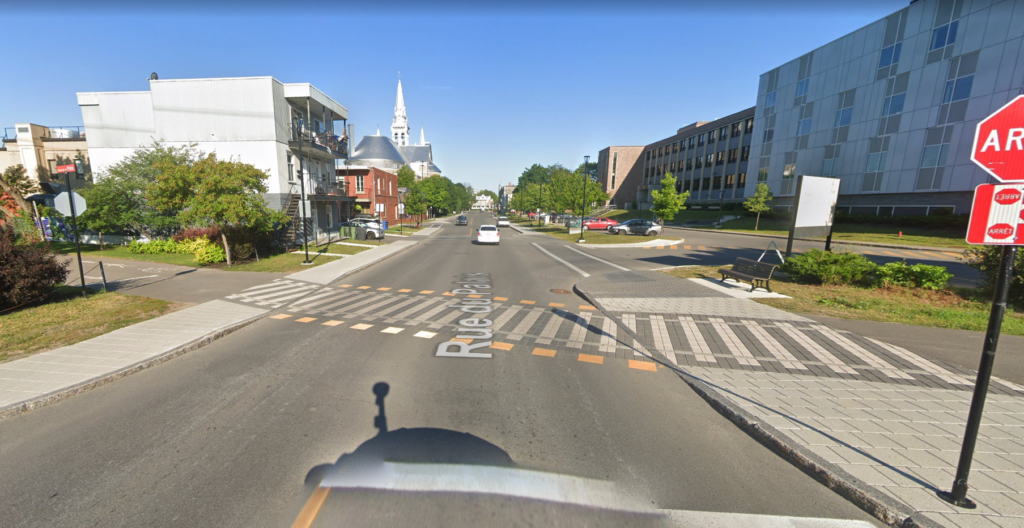
Similarly, in Saint-Jean-sur-Richelieu, they have improved the north and south entry points into the city by narrowing the corridor, reducing crossing distances at the intersections, and adding much needed greening into spaces formerly used for car parking and storage. Improvements to the waterfront area, including a redesign of the river walk pathway and important pedestrian and bike connections integrated into the Pont (bridge) Gouin replacement over the Richelieu River, have made enjoying the city’s natural beauty much more welcoming.
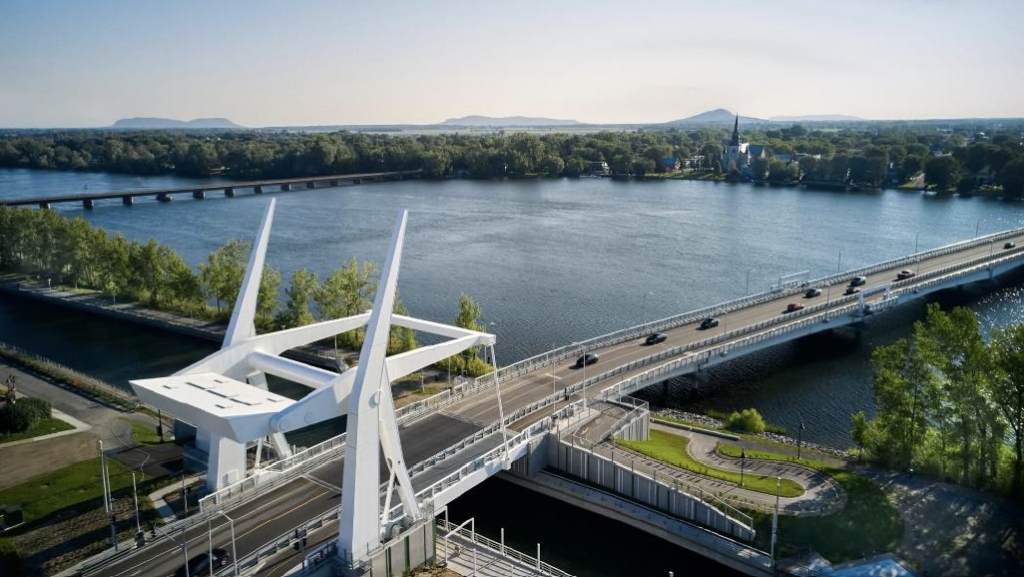
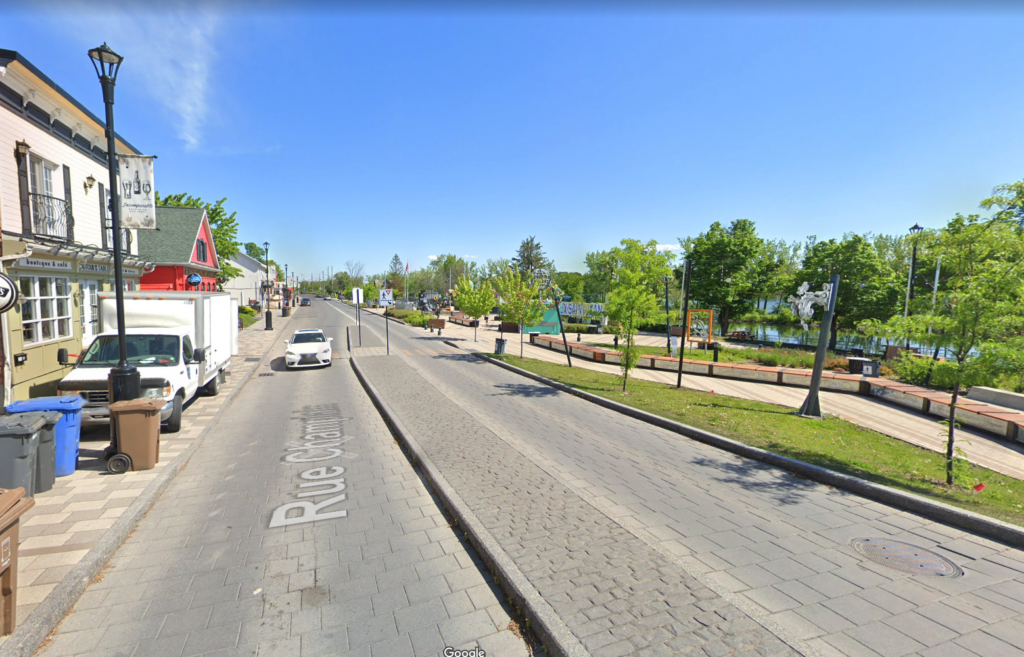
Overall, what excited me most about the approaches being take by all these and other cities and towns throughout Quebec is the recognition that they are winter cities. Life doesn’t stop when the snow falls, and so all the projects I was introduced to are actively looking at how to maintain their purpose even in the heart of winter. We often hear that public space activations, cycling infrastructure, and pedestrian recreational trails don’t work in places that experience extreme cold and snow. What Québec communities are doing is celebrating their climate in all seasons and finding ways to ensure no matter the time of year, they can come together to enjoy their cities.
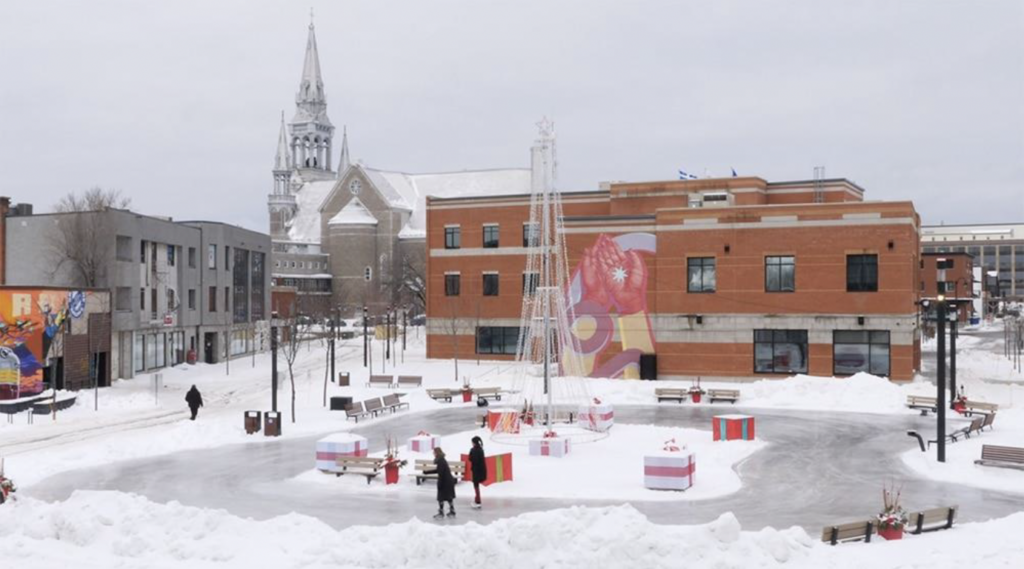
I returned to the Netherlands excited to keep watching what is happening in my home away from home. Reconnecting with familiar faces and meeting a few new ones, I’m hopeful to stay connected and help French Canadian cities continue realizing more human scale streets and public spaces. They may be quietly forging ahead, but they are showing that despite climate, topography, and the more rural nature of many places in Québec, safe, comfortable, and accessible spaces are possible anywhere!

